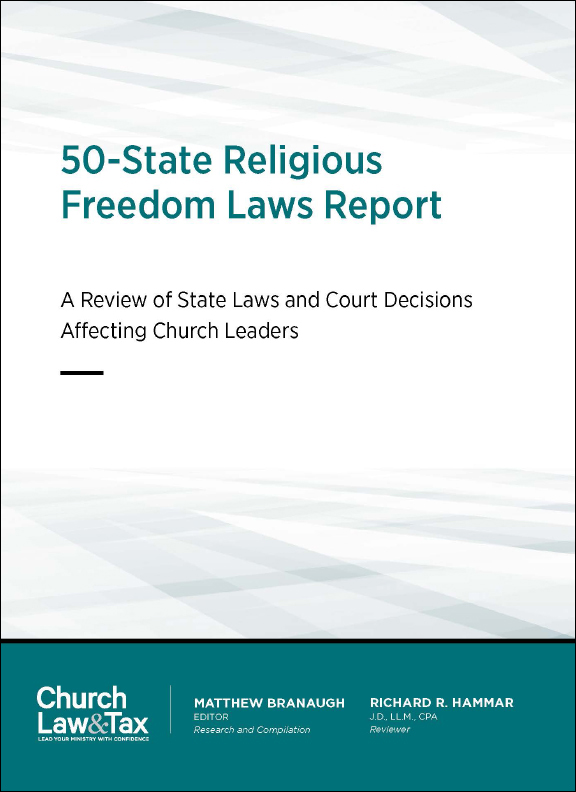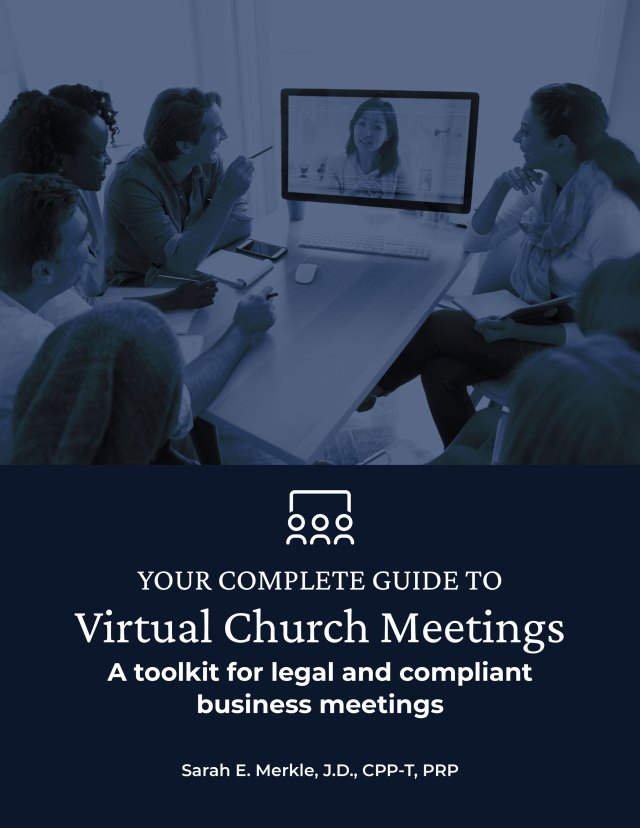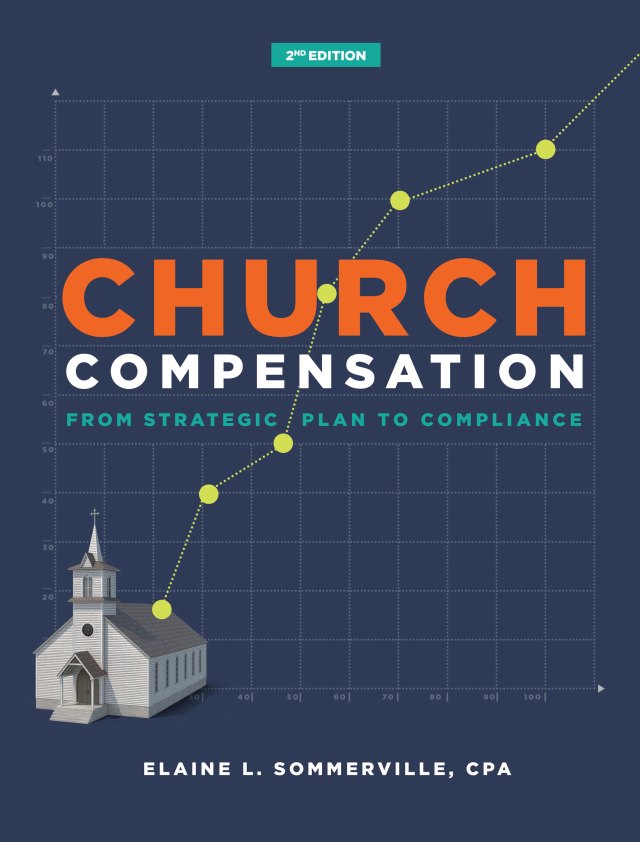For many church leaders, meetings have become a way of life. They discuss strategy, rally the troops to talk about an upcoming event, and meet with the deacon board to plan a building expansion.
There are a few problems with this way of life, however. Meetings tend to ramble on. Many spin out of control, following one rabbit trail after another. They can even create a sense of unease —that you’ll be wasting precious time discussing trivial topics.
I know all about this. I’ve served in multiple church leadership roles over the past 30 years. When I was a corporate manager, I attended six to eight meetings per day. In recent years, I’ve opted to instead discuss topics over collaborative workplace apps like Slack or Convo, meet one-on-one over Skype, and rely more on email.
Of course, for some discussions, technology is not as helpful. There’s still something incredibly valuable about an in-person meeting: you can see body language, everyone is (hopefully) focused on the same topic, and you’re able to brainstorm new ideas and receive immediate feedback.
That’s why I’ve developed a strategy for 25-minute meetings. It ensures everyone gets a voice, the time is as productive as possible, and—most importantly—the meeting is much shorter.
Before the meeting: communicate and create an outline
Create an order of events for a 25-minute meeting that can work for almost any meeting topic. Obviously, if a meeting is an extended discussion or brainstorming session, you may have to lengthen the meeting time, but not necessarily the outline. While that outline may seem simplistic, it is intended to be a basic framework—you can add time to each section or even add more sections. The main point is to set limits to encourage productivity.
Always communicate about the 25-minute meeting structure ahead of time, but know that you don’t need to give your outline to each attendee. The fact that you have organized the meeting, timed the discussions, and allowed brainstorming is what makes it all work.
Affirm the maintopic of discussion (2 Minutes)
At the start, say why you are all gathered and what you will discuss. How many meetings have you attended only to find yourself uncertain as to why you were all there? (I’ve attended many.) Make sure you affirm the topics for discussion, and make sure everyone is on the same page.
Provide contextual awareness (2 Minutes)
When you are being intentional about your time, it’s amazing what you can accomplish in two minutes. Lead the meeting in a way that respects the time of everyone involved. Move quickly from affirming the meeting topics (what you will talk about) right into explaining the context (why those topics are important). Roll the topics up into a bigger, long-term vision. Explain the “why.”
Present main ideas one by one (8 Minutes)
You’ve already touched on the topics of discussion, and everyone knows why you are meeting. Now you need to move forward. Cover each topic one by one, and leave some wiggle-room for discussion. Your main goal, however, is to present the topics—leave some of the brainstorming for later. Be sure to get through each point.
Brainstorm . . . with limits (8 Minutes)
You’ll notice that brainstorming is separate from presenting the topics. This is on purpose. Your goal is to present the ideas and avoid rabbit trails, side discussions, or extra banter. Brainstorming is fine, but only after you’ve taken the time to go through the topics.
Set action items (5 Minutes)
As you might expect, the last section of the meeting is for action items. The great benefit of this tight meeting structure is that it’s more like a sprint at a track meet than a marathon: you can breathe a sigh of relief once you reach the point of making action items. This is the time for application, and meeting attendees usually pay attention when they know they might be assigned an item. Be clear that the expectation is for action—not more discussion.



